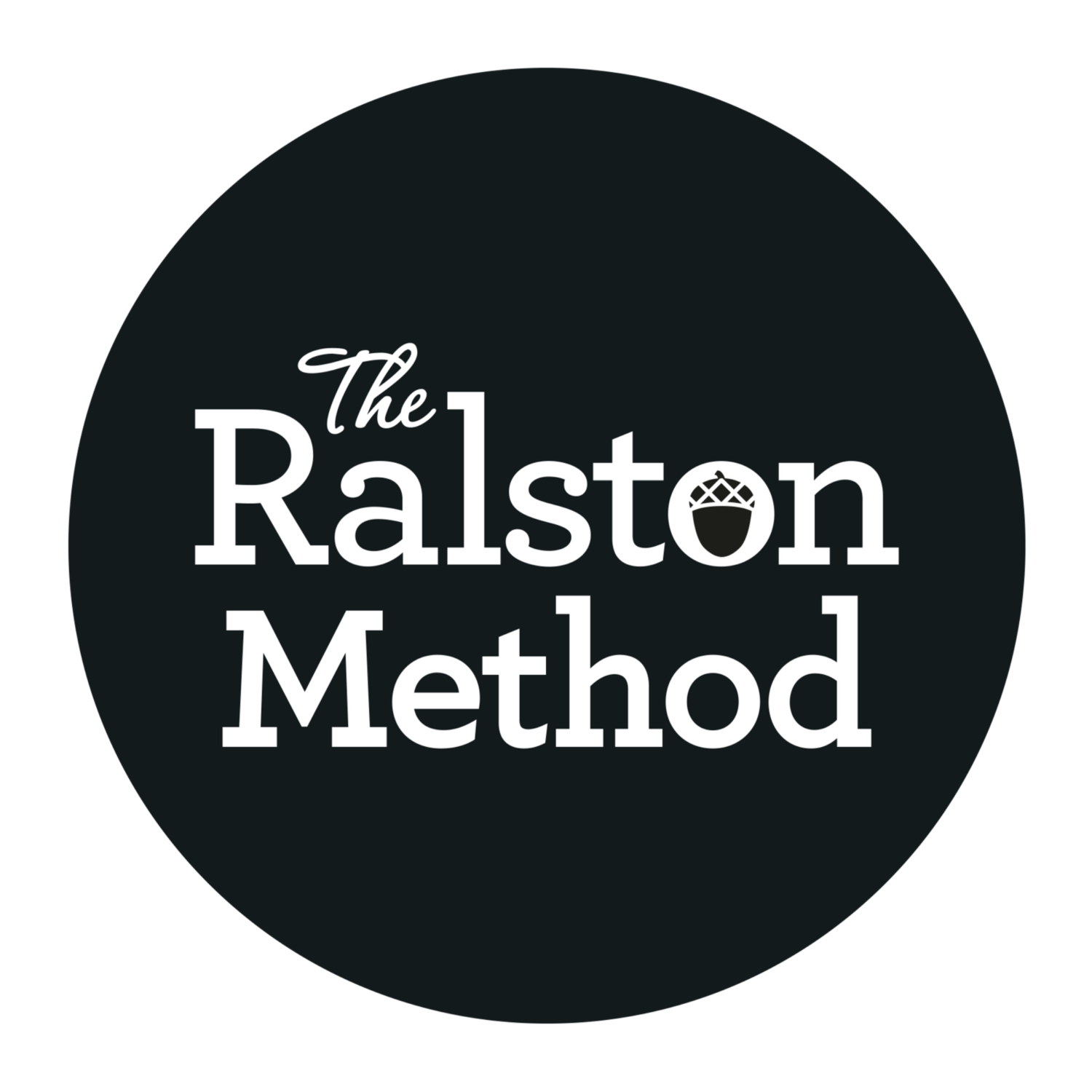Liberate the booty!
A strong balanced booty is essential not only for a easeful, stable yoga practice but also improves posture and can help elevate back and pelvic pain. Understanding this complex area of the body has taken hours of study, let alone trying embody what I learn and redefine patterns in my own body. Those of you that know me, know that I don't naturally have the roundest, firmest nor most robust buttocks, lets say - its a work in progress. Lets look a little deeper into this key organising structure of the body and how you may be able to help your own posture and pain.
The temple
If we think of our body as a temple, then the pelvis is its core. Throughout the pelvis the entire weight of the upper body is distributed and transferred into our two legs. So one of it's main functions is a biomechanical intersection, any force created by walking, running or jumping is transmitted to the upper body by the pelvis. Together with smaller supporting muscles, the gluteus maximus, medius, and minimus make it possible to rotate your thigh inward and outward, draw your leg back, and stabilize your femur in your hip socket.
For many of us, we mainly use the buttocks to sit on, wether its desk bound working or driving, this can be at the heart of causing over- and under- development in our glutes, as well as strength discrepancies between the left and right buttocks. Just try and notice how much of the time you sit cross legged and further exacerbate patterns in your glutes. Strength imbalances can affect range of motion of our hips, stability in our sacroiliac joints and whether or not we experience instability and pain in forward bends, standing and balancing yoga poses.
Tail tuckers
I remember cues in my early yoga years of "tuck the tail bone" this was a common yoga-class instruction that leads many students to over do and round their lower and upper backs and flatten their butts out! If you tuck too much, your gluteus muscles actually turn off. Instead, you want to use these muscles as they were designed to be used —engaged, but not overly clenched, while standing and walking, or while practicing poses like Vrksasana (Tree Pose) or Virabhadrasana I, II, and III (Warrior Poses I, II, and III). When your glutes don’t fire in these situations, you are often relying on other supporting muscles, such as the hip flexors, psoas, and quadratus lumborum in the lower back. Because of the effect through the kinetic chain many 'tail tuckers' often experience pain in the lower back near the sacroiliac joints, where the spine meets the pelvis. When the tailbone is “tucked,” the abdomen contracts, and the natural curvature of the lumbar region may be compromised. In other words, the lower back is pulled out and down. While this could initially relieve excessive lumbar curvature, over done, over time... it has a destabilizing, weakening effect on the lower back, gleutes and supportive musculature. If you drop the sacrum or tuck the tailbone, the sacrum rolls contrary to its natural position.
Confession
It's at about this point I should confess that I used to be a chronic tail tucker - I thought I was being a really good student, always following my teachers cues, not realising what I was doing to my body over time. I ended up with weak Gluteus, tight psoas and weak and tight pelvic floor muscles. Everything (literally) came crashing down after giving birth to my daughter, I had to have pelvic floor surgery, an invasive procedure that ended up being the beginning of my inquiry as it became my mission to better understand my own body as well as my students. It was time to liberate the booty!
Liberate the booty
When it come to the hips we want to cultivate a balance of mobility and strength, typically in yoga flexibility in the hips and 'hip openers' have been sought after, sometimes at the detriment of stability and even in and effort to reach 'advanced' poses wearing away at the cartilage within the socket. In modern yoga and defiantly of late as some long term practitioners experience major hip issues, some yoga teachers like myself are now incorporating more anatomical understanding, functional movement principles and cross training techniques into the practice to help create better understanding in students and more balance in the hips and pelvis.


